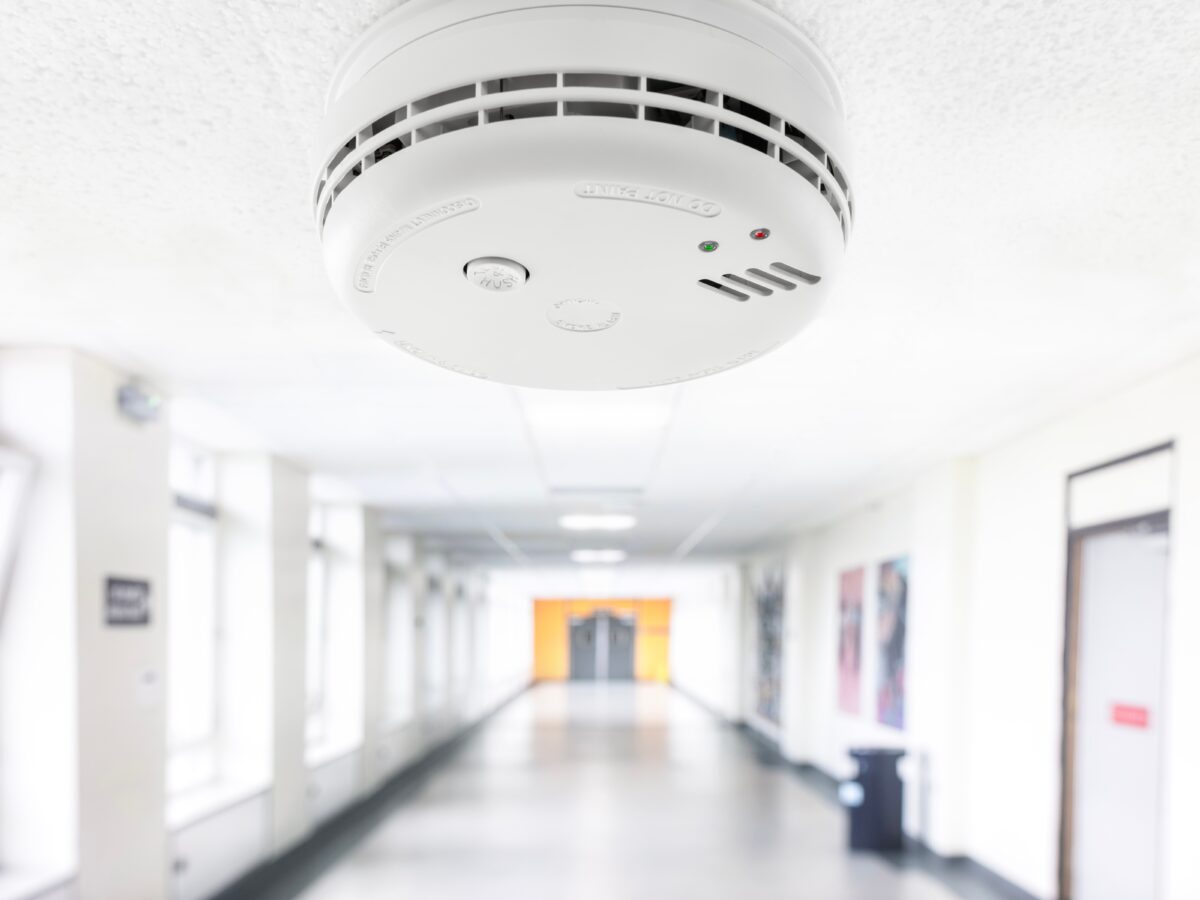
|
|
North Carolina lawmakers directed the State Board of Education in 2023 to survey public schools across the state to determine the status and cost of adding carbon monoxide alarms to and conducting radon gas testing in existing school buildings.
On Thursday, the Board voted to approve the report, which among other things, shows that the majority of classrooms in existing school buildings do not contain carbon monoxide alarms or radon gas systems.
Carbon monoxide is a colorless, odorless gas that can cause serious illness, and even death, if inhaled.
Radon is also a colorless, odorless, tasteless gas, but unlike carbon monoxide poisoning, there are no symptoms of radon exposure. However, radon poisoning is the leading cause of lung cancer among non-smokers. Each year, approximately 21,000 people — including 450 North Carolinians — die each year due to radon-induced lung cancer, according to the N.C. Department of Health and Human Services.
Carbon monoxide alarm and detection systems are now required in new buildings — under North Carolina State Building and Fire Prevention codes — but were not required at the time many existing school buildings were built. Lawmakers could move to require existing facilities to install them as well, and want to know how much doing so would cost.
Based on survey results, the Department of Public Instruction (DPI) report estimates that installing sufficient devices would cost approximately $85 million.
According to the report, the survey “encompassed 7,357 individual buildings on 2,544 identified public school campuses across North Carolina, including 5,707 classroom buildings.” Nearly 83% of public school units responded, meaning the projected cost includes some estimations.
“This has been a mammoth task,” Board Vice Chair Alan Duncan told the director of DPI’s school facilities department. “Thank you for the work that’s gone into it, we’re all grateful for it.”

The 2023 budget directed the Board to submit a report on detection devices and projected costs by Dec. 15, 2023. At that time, the Board submitted an initial update on survey efforts.
Along with the report approved on Thursday, the Board is also submitting a cover letter asking for an extension to submit a “full report” by Dec. 15, 2024.
“This second update provides report on the study of a majority of school districts,” the cover letter says. “However, the study requires still more time for careful completion. DPI is making further efforts to gather the few remaining outstanding responses.”
On Wednesday, DPI’s Nathan Maune said the department is working with its regional directors to get more information from districts that have not yet responded.
The response rate among agency, lab, regional, and statewide schools was much lower than public school units, at 47%. The aggregate response rate for all public schools is nearly 80%, the report says.
According to the 2023 budget bill text, “identified public schools” does not include charter schools, the North Carolina Schools of Science and Mathematics, the University of North Carolina School of the Arts, schools operated by the Department of Health and Human Services, or schools operated by the Division of Juvenile Justice of the Department of Public Safety.
On Wednesday, Duncan raised concerns about charter schools not being included in the survey data.
“Charter schools were not subject to this report,” he said. “At the same time, these are student safety issues and those schools have the exact same concern, undoubtedly, for student safety. Whether its required by the legislation, do we have plans to proceed to get the information for our charter schools as well?”
Maune said that the survey link had not yet been shared with charter schools.
Along with their motion to approve the report, the Board ended up voting to send the link to charter schools as a proactive measure. This motion was just to initiate data collection, not to include charter schools in a similar report.
“The State Board cares about the health and safety of all of its public school students — including its charter school students,” the cover letter to the General Assembly says.
You can view the full draft report, including breakdowns of devices needed in every school district which responded to the survey, here.



